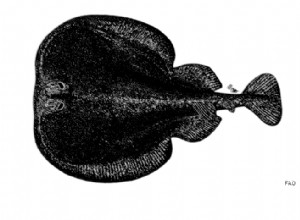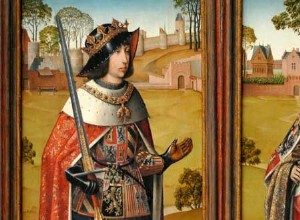What we today call migraines, and by extension terrible headaches, for the ancient Egyptians, Greeks or Romans would be some punishment from the gods for forgetting an offering or having scrimped in the last sacrifice. Well, they already had a remedy for this evil of the gods that we have now recove




